
Old laptops are often a pain in the ass: they boot slowly, get hot, and Windows 10 runs like a snail. But that’s no reason to give up. Instead of filling up landfills with electronic waste, you can give your device a second life. With Chrome OS Flex, a lightweight, fast, and modern operating system from Google that can breathe new life into even the weakest laptops that aren’t the first to go.
In this article, we’ll show you how to install Chrome OS Flex and what it offers for a really weak device with a slow processor, little RAM, and an HDD rather than an SSD. Last time we compared Chrome OS Flex against Windows 11, but the test device was a modern laptop with an Intel Core N305, 16 GB DDR5, and 512 GB SSD, and today we’ll be using a much slower device.
Windows 11 vs. Chrome OS Flex: which is better for a budget laptop?
Content
The laptop we’re testing on

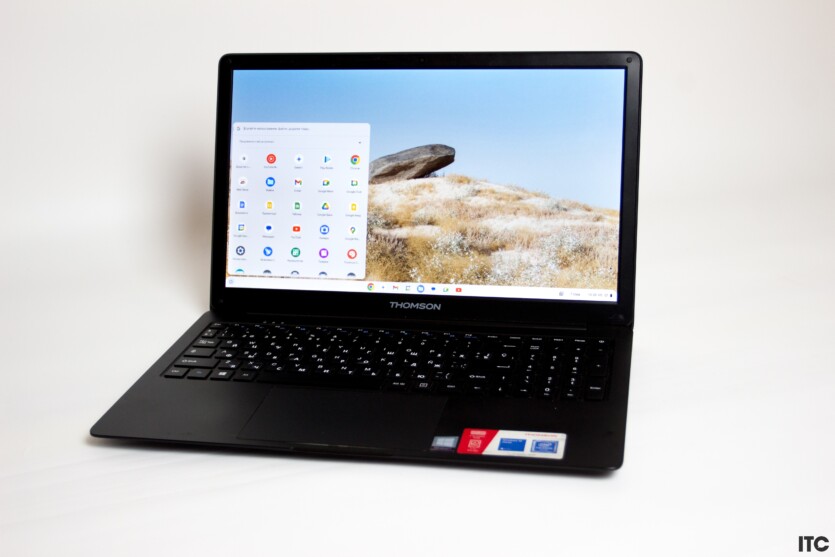

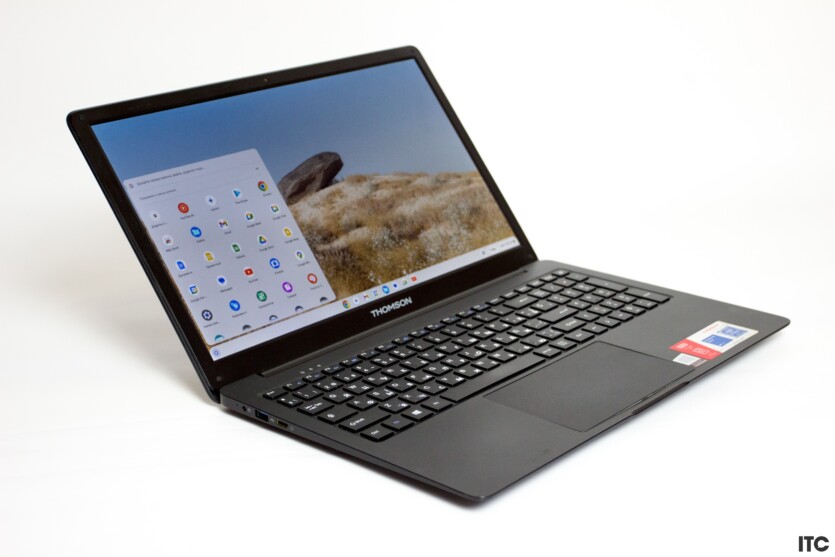
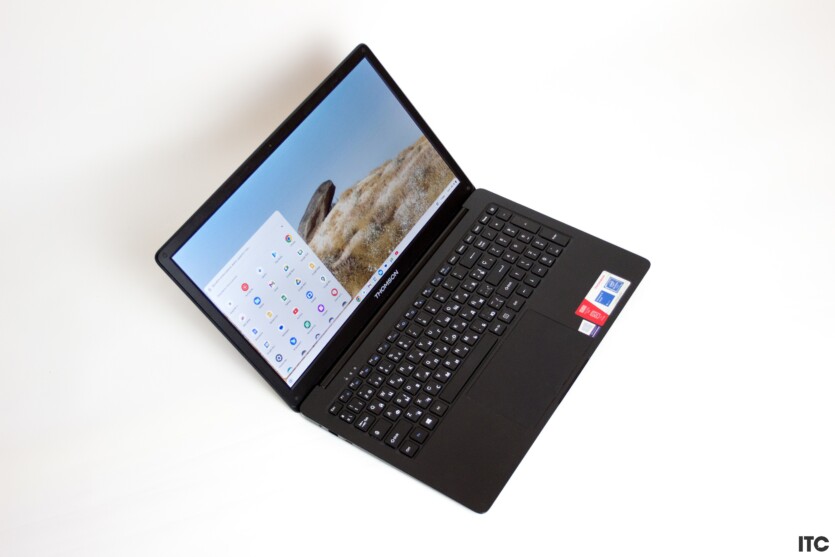
We’ll compare both operating systems on a Thomson Neo 15-1TZ laptop powered by a dual-core Intel Celeron N3350 processor, 4 GB of DDR3 memory, and a 1 TB hard drive. For the test, we will not replace the drive with an SSD.
The laptop is not too old, but it is as budget-friendly as possible, and its performance is on par with flagship laptops from 12-15 years ago, or mid-range laptops from 2010-2013. These are good conditions to test the difference between the two operating systems.
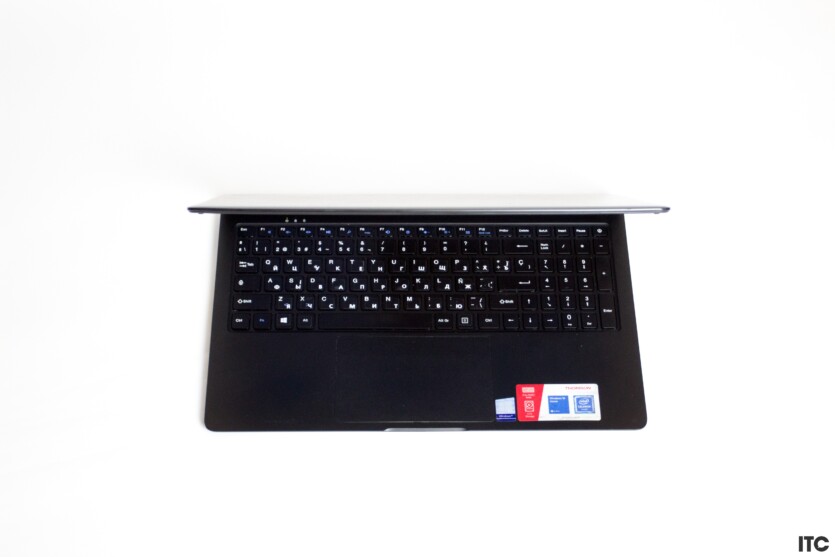


There are a lot of laptops of similar performance in people’s hands because computer equipment is rarely updated, although a new smartphone is bought every 12-24 months. If laptops are half the problem, almost no one needs computers at all, except for the specialists who make money with them.
12 reasons why you don’t need a home PC
The Thomson Neo 15-1TZ’s advantage over older laptops is its thinner body, huge touchpad, IPS Full-HD display with a standard aspect ratio, and excellent (in theory only) battery life. In fact, the test sample came with a very worn-out battery, so it holds weakly, no more than 60-70 minutes of active use.
Installing the operating system

Installing Chrome OS Flex is easier than it sounds, even easier than Windows. Just follow this procedure:
- Download the Chrome browser (or any other Chromium browser) to a computer with any operating system;
- In the extension store, look for «Chromebook Recovery App» and install it;
- Connect a flash drive or memory card with at least 8 GB to your computer;
- In the extension, follow the on-screen instructions, and at the stage of selecting the device to recover, choose Chrome OS Flex;
- We wait for the program to download the system image, format the drive, write the files and check their integrity;
- Connect the finished drive to the target computer;
- In the computer BIOS, select the highest priority for booting from this drive;
- Install Chrome OS Flex by following the on-screen instructions in the manner of setting up a new Android smartphone, which is very simple.
Interface, system ergonomics, convenience

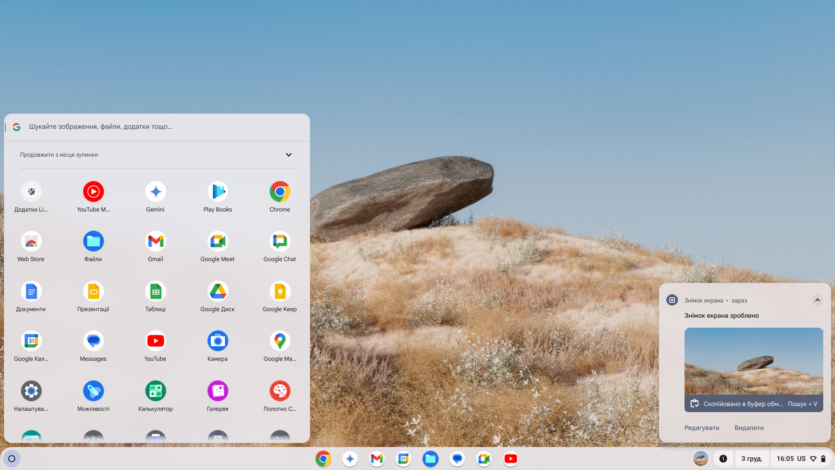


When it comes to the visuals, interface, and usability for a typical user, Chrome OS Flex shatters Windows 10 in all respects. First of all, it is a unified system with a single style without elements from the 90s that are still present in Windows 10 and Windows 11.
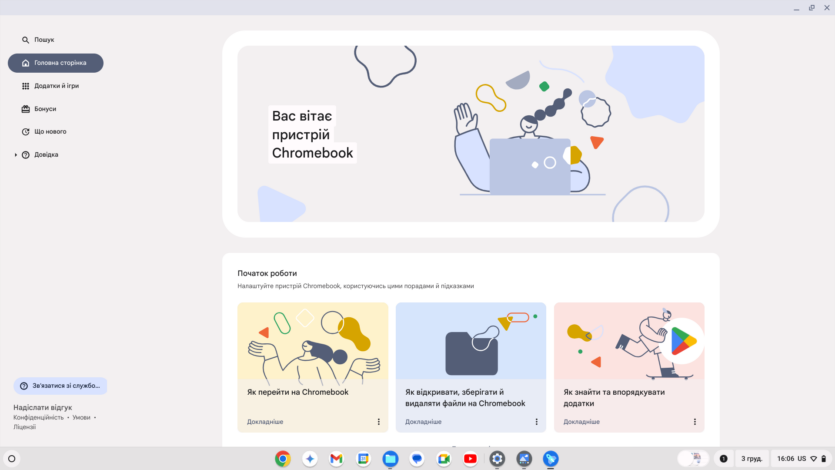
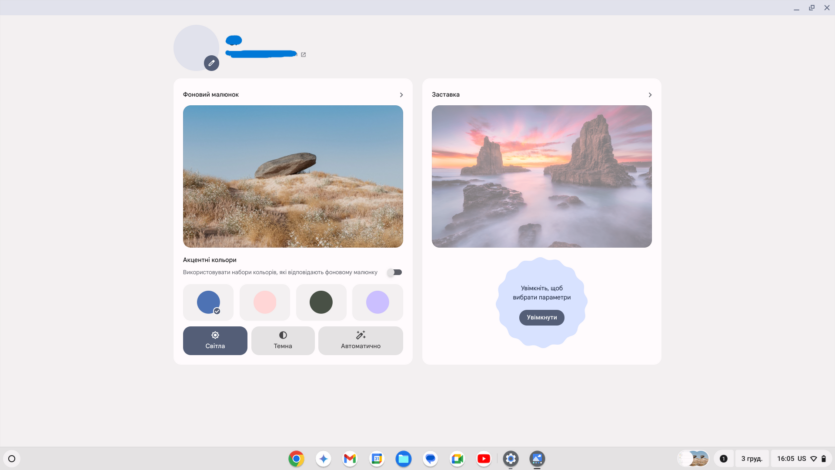
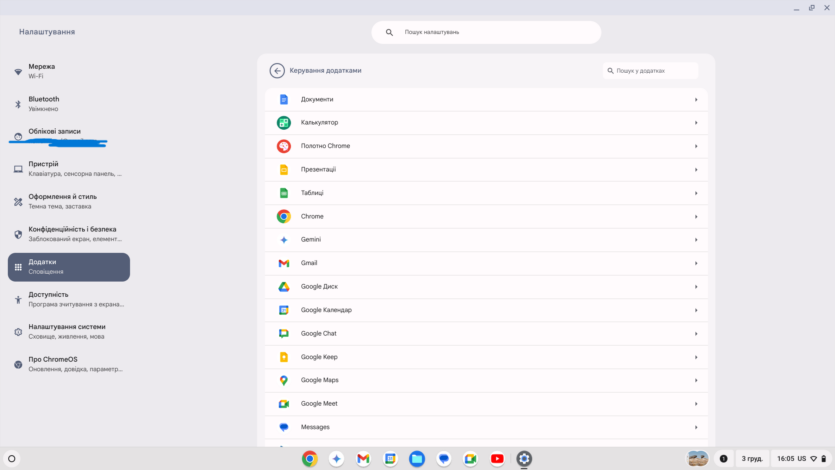
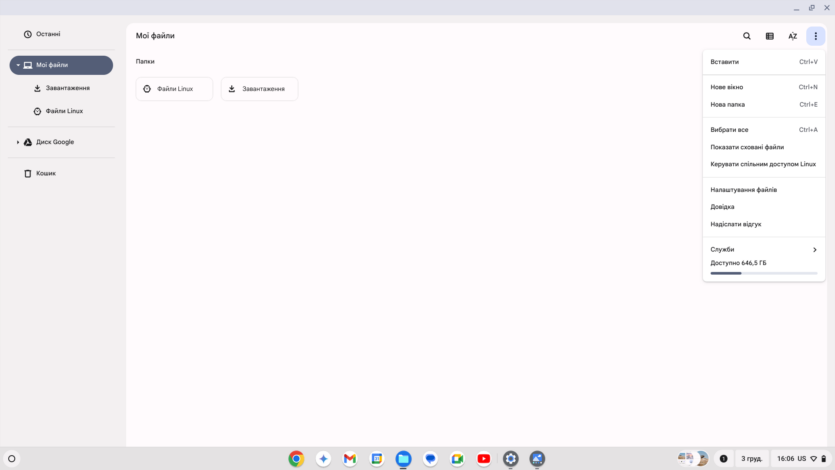


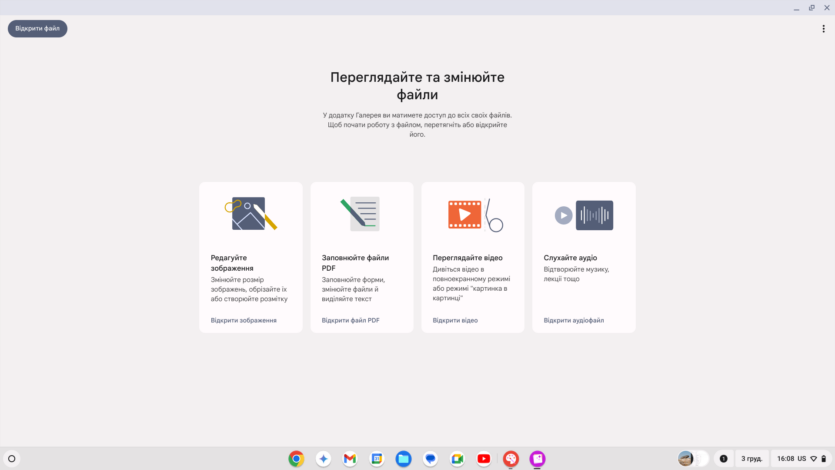


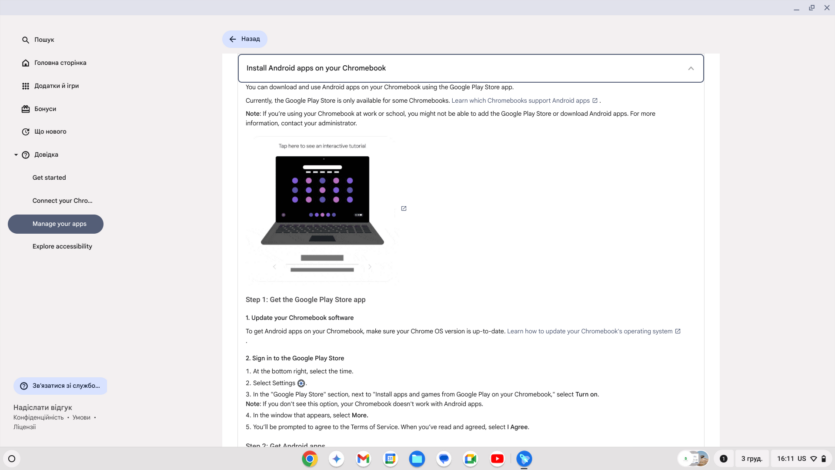
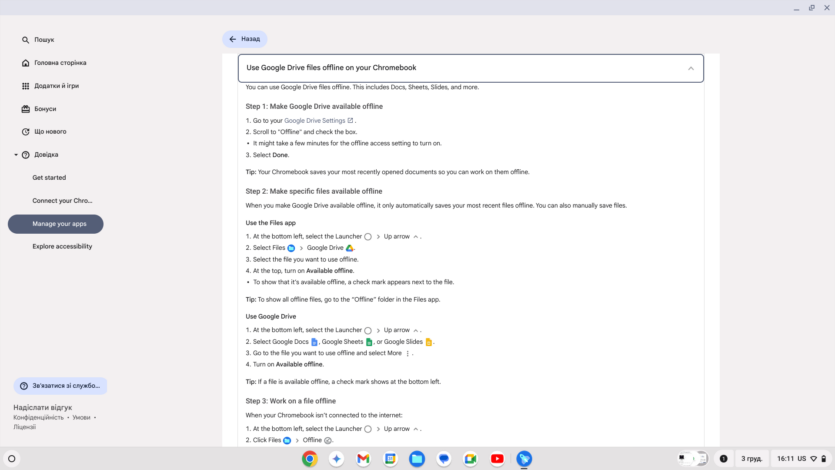
Chrome OS Flex has a few settings that are conveniently placed, gives a lot of keyboard shortcuts hints that Windows never does, and just looks nice. You can also install Linux applications without any difficulty by switching to developer mode.
Speaking of convenience, it’s worth mentioning the Google ecosystem, which works perfectly with Chrome OS devices. If you own an Android smartphone, all you need to do is log in to your Google profile and your documents, photos, browser bookmarks, etc. will be synchronized automatically.
Another element of comfort is the sleep mode, which is implemented in Chrome OS Flex more perfectly. Despite the fact that the laptop has an HDD rather than an SSD, the device wakes up relatively quickly, but not on both systems. With Windows 10, the laptop is slower «wakes up», showing a clear delay, and with Chrome OS Flex, the image appears on the screen faster.
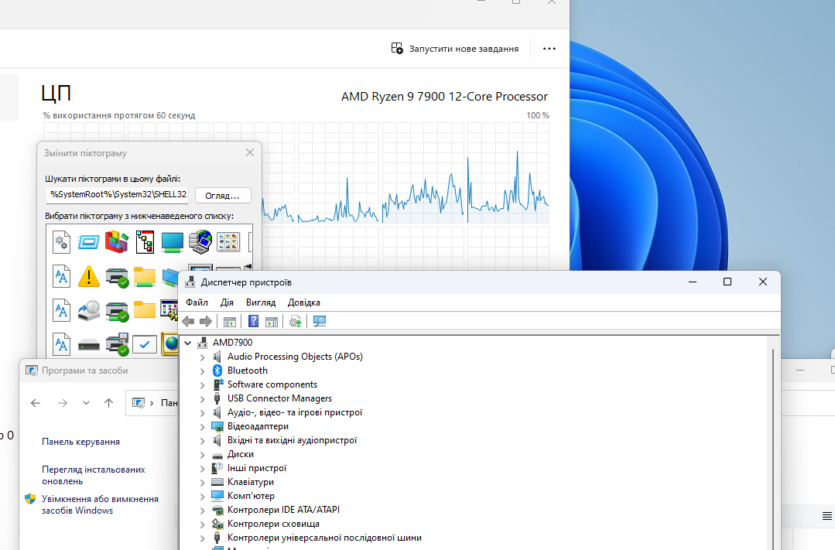
It’s also worth adding low-power consumption in standby mode because with Windows 10, a laptop could lose up to 10-20% of its charge overnight (let’s not forget that the battery is very depleted, almost dead), and with Chrome OS Flex, only 2-5%. That is, you can use Chromebooks at all do not turn off literally, like MacBooks, which can stay in sleep mode for months without significant battery loss. Owners of the world’s best Windows machines can only dream of such comfort.
For a typical user, i.e. an ordinary person who simply works with documents, watches videos, and explores the Internet, Chrome OS Flex is much better suited because of its low entry threshold, clear, beautiful and user-friendly interface, as well as full integration with a smartphone.
Windows 10 vs Chrome OS Flex performance
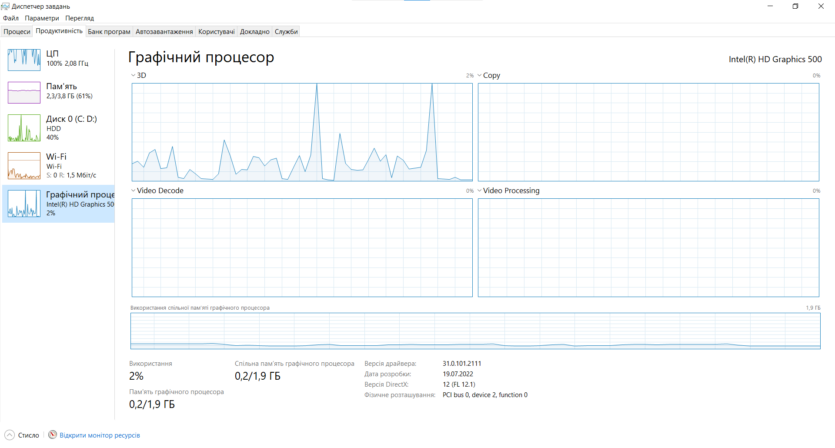


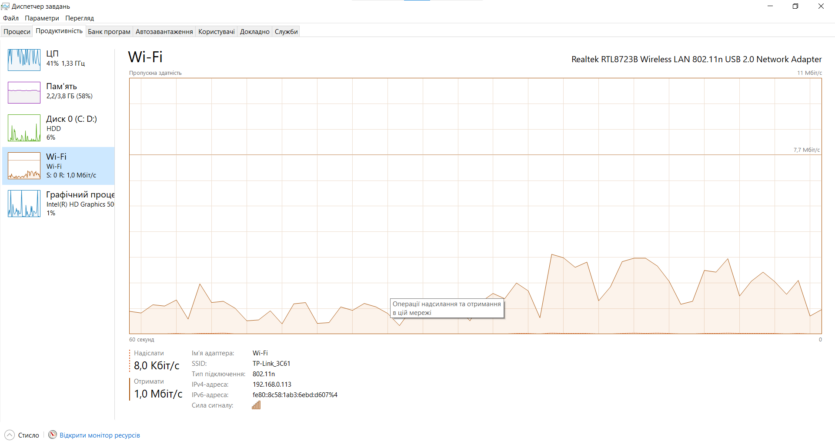
The hero of the review has a weak hardware, but it’s still enough to compromise surfing the Internet, watching videos, working in office programs, etc. But is it equally good on every operating system? Of course not, especially thanks to the hard disk.

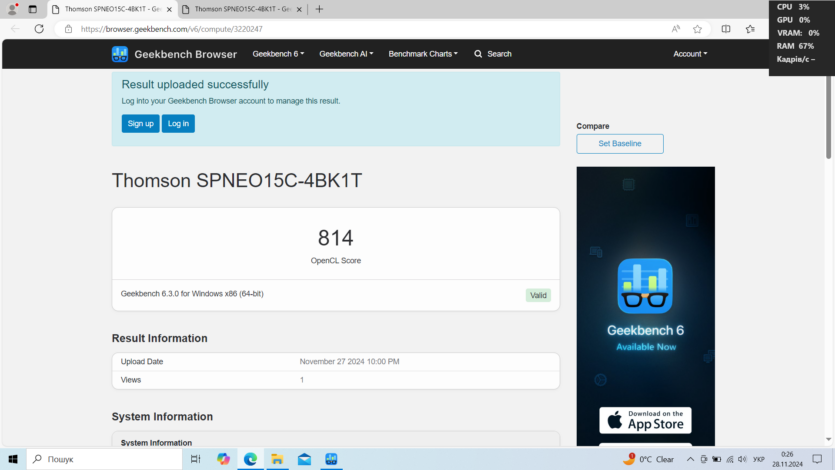
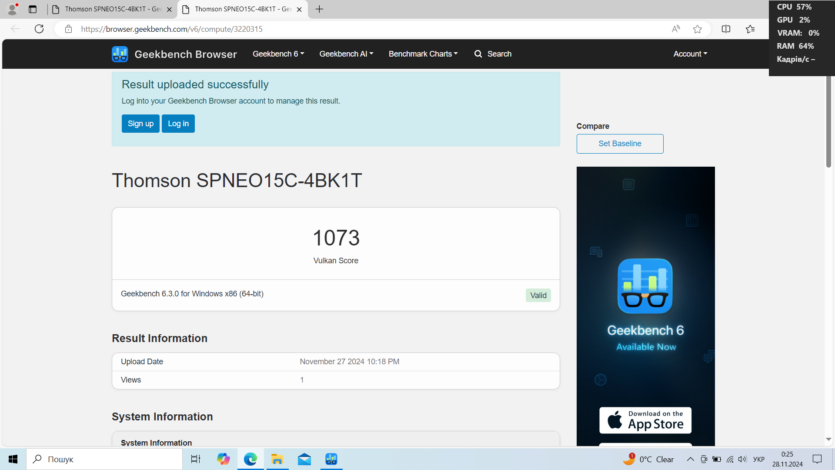
The processor scores 2-3 times less in Geekbench than modern budget smartphones, but the integrated graphics are relatively strong because 1000+ Geekbench Vulkan points is not bad. The Intel HD iGPU allows you to run almost any game from the Sony PlayStation 2 era, which we tested below.
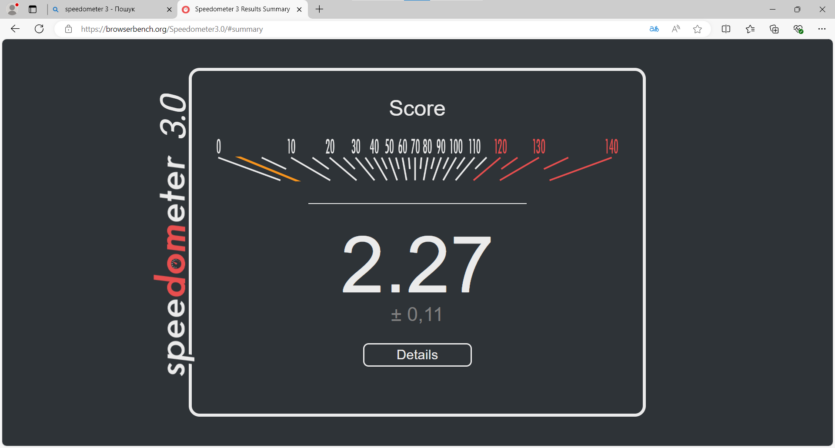
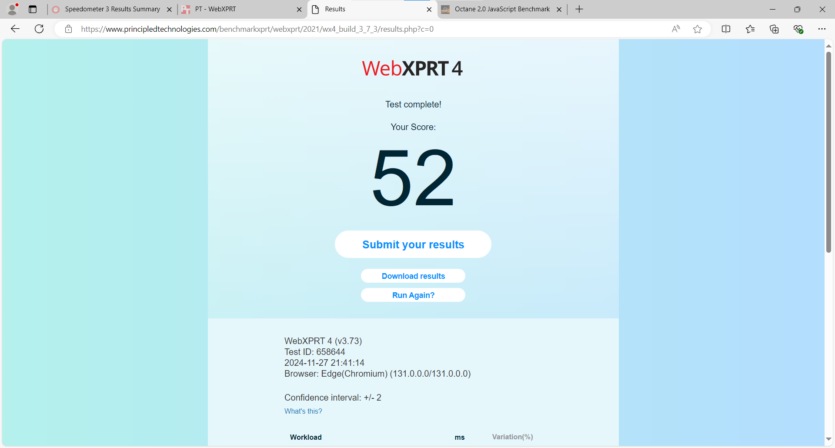
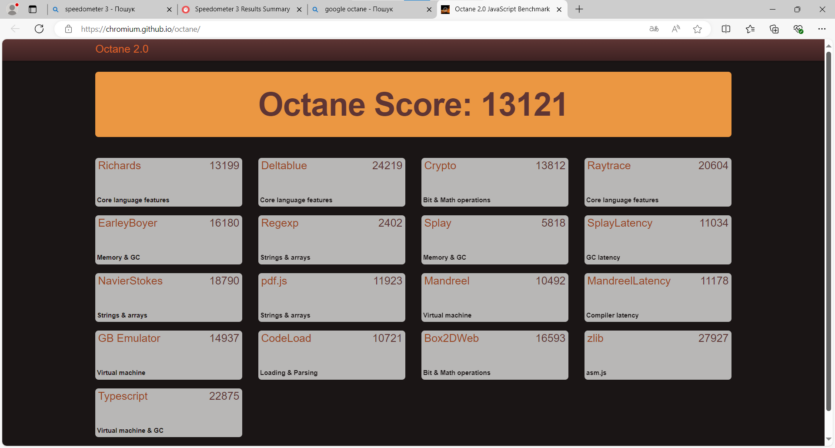
In the browser, the situation is almost identical for both systems, but only in benchmarks. Still, Chrome OS Flex is slightly ahead, having a few % advantage, but it’s not enough to claim a clear dominance over Windows. It is important to note that the browser itself loads much faster on Google’s OS, and the process of navigating to the benchmark pages took less time on the same laptop.
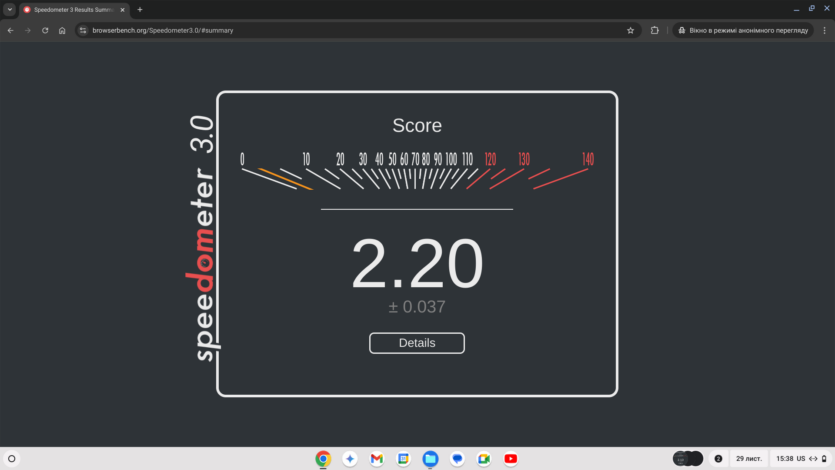
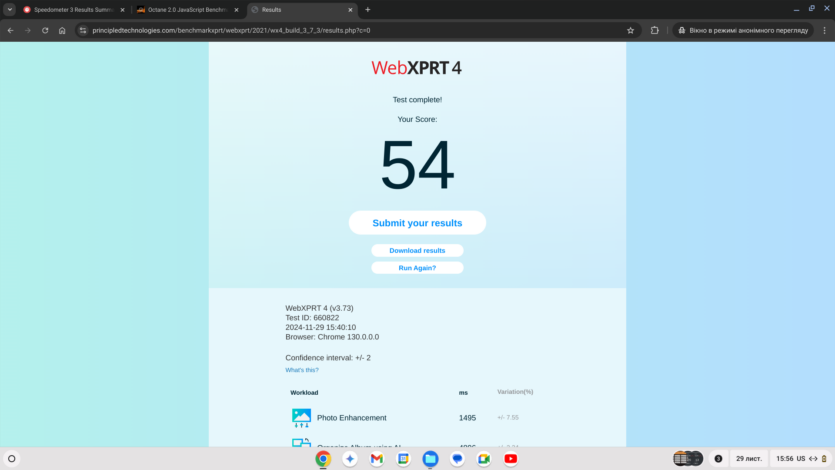
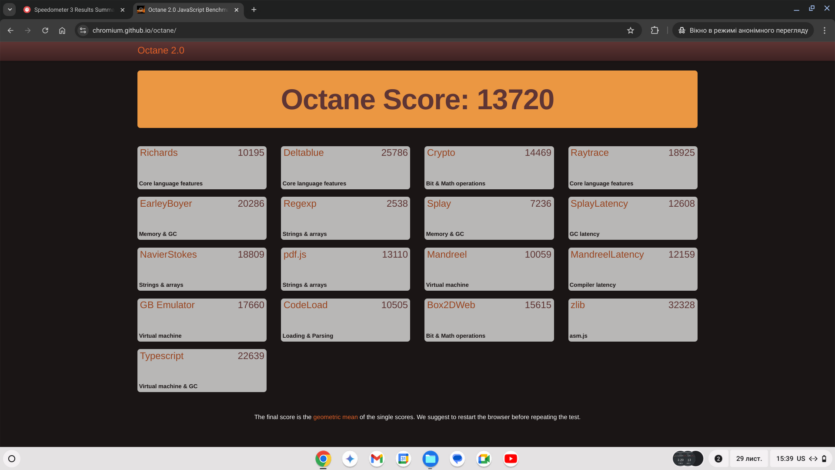
If the benchmarks show an objective advantage, albeit a minimal one, then subjectively, the smoothness of working with web pages on Chrome OS Flex is better. This applies not only to the speed of script processing, but also to basic scrolling. By the way, although the laptop is ultra-budget, it has a giant touchpad, so it was quite convenient to use.


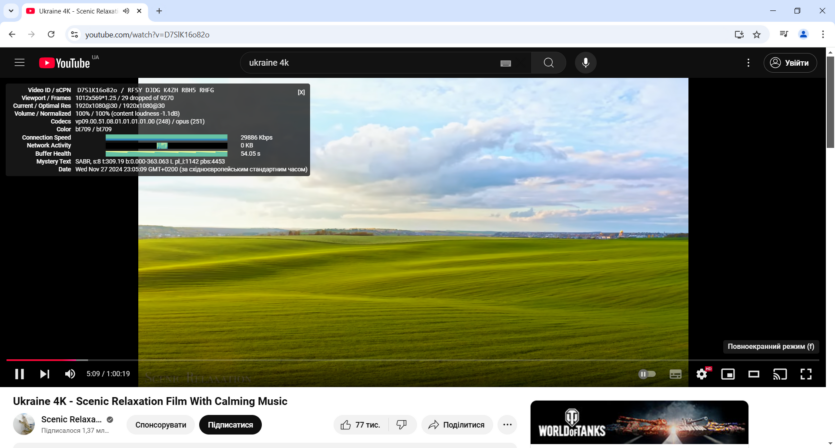
Full HD video playback on YouTube goes well on both systems, but Chrome OS Flex is still more stable: fewer skipped frames, smooth video, and no «jelly» controls in the system while playing online videos. Definitely, the laptop with Chrome OS Flex is faster in web applications and when navigating the environment, literally everywhere.
The battery life is a problem in both cases, because the battery is in poor condition. Under normal conditions, this laptop should be able to withstand at least 5-6 hours of battery life while watching videos, but with Windows 10 we managed to get only 50-60 minutes on YouHub. With Chrome OS Flex, the situation is not much better – only 5-10 additional minutes were available. On average, the battery life with Chrome OS Flex is 10-20% longer due to the lower CPU load.
Before we move on to the disadvantages, let’s mention the serious performance issues with Windows 10. Using a laptop with an HDD and a Microsoft system is literally impossible. OS updates took more than 150 minutes with several reboots. At the same time, the processor and hard disk were almost 100% utilized during this time.
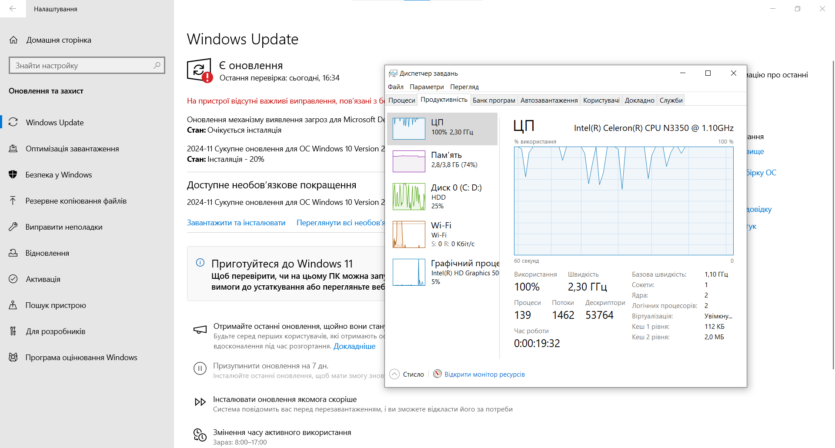

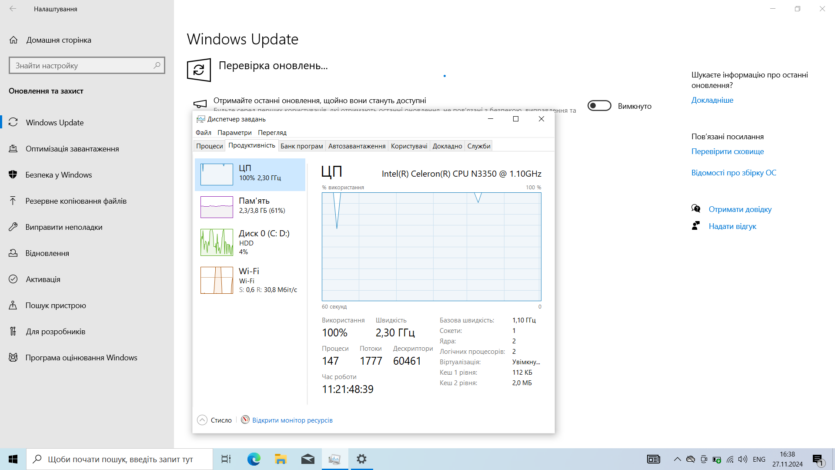
After numerous updates and a telemetry benchmark lasting several hours, the laptop did start to breathe, but the background load was still too high. Everything works with delays because the desktop CPU is loaded at 50%, as is the hard disk, just like that, at any time. To save my nerves, I had to manually disable all this heavy telemetry through the registry, deactivating dozens of services.

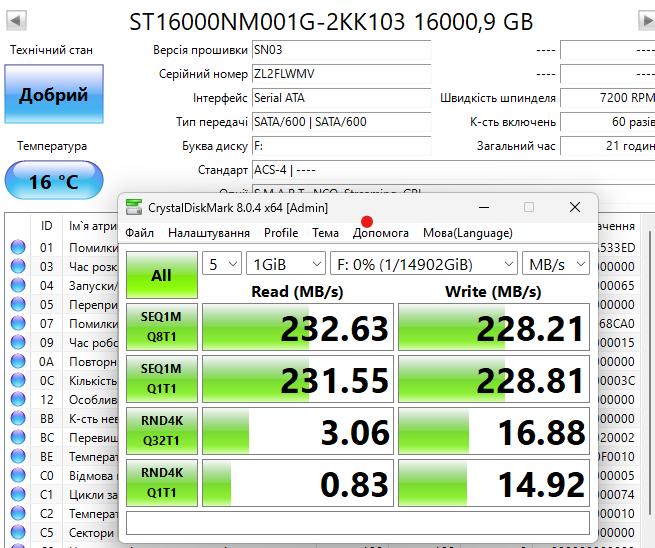
Only after that could the laptop be used, although still slower than on Chrome OS Flex, where it is enough to install the system and use it without nuances. No heavy updates, no background loading of services that collect user data, no antiviruses that consume 50% of the computer’s resources, etc.
Now let’s imagine if a person without technical knowledge would do this (manually configuring and disabling services) on a Windows machine? Of course not, so a laptop with a Celeron + HDD + Windows combination only wastes the user’s nerves, and Chrome OS Flex with such hardware just works and gives positive emotions.
Disadvantages and advantages of each system
And what about gaming on this non-gaming laptop? Need for Speed Underground runs perfectly, smoothly, and I managed to stretch it to the full screen. In terms of video games, Windows 10 gives you much more space and freedom, especially when it comes to old games, which this hardware can still handle. It also has a 1 TB HDD, which allows you to download a massive library of several hundred games from 2000-2007.
It is possible to install Steam on Chrome OS Flex, but with serious nuances. It’s no secret that Valve has the worst game launcher for computers, characterized by low performance and high RAM consumption. On the Thomson Neo 15 Linux, the Steam version is slow, and many games simply don’t launch. For example, an attempt to launch Portal 2 resulted in a laptop reboot.
Clearly, when it comes to video games, Windows 10 is a clear favorite. It’s a pity, but that’s where the advantages of this operating system end because it’s a total defeat from Chrome OS Flex in all possible ways.
Advantages of Chrome OS Flex over Windows 10/11 on the example of Thomson Neo 15-1TZ:
- Faster browsing and all programs;
- Faster system response and navigation;
- Low background CPU and RAM load;
- Non-aggressive telemetry without affecting performance;
- Low disk speed requirements;
- Up to 20% better battery life;
- Low-power consumption in sleep mode;
- Wake up faster from sleep mode;
- User-friendly and unified interface;
- Thoughtful keyboard shortcuts;
- Low entry threshold, especially for beginners;
- Better integration with Android smartphones;
- Wider range of screen backlighting;
- No viruses and high security;
- Slower «aging» system due to the inability to clog it.
Conclusions
Switching from Windows 10 to Chrome OS Flex can be a great solution for older laptops that can’t be upgraded in hardware, but a software upgrade is a real possibility. Chrome OS Flex is a lightweight operating system that can give old hardware a new lease on life by providing better performance, a user-friendly interface, document management, and cloud services.
It will especially appeal to those who are looking for simplicity, security, and speed, and who use the Google ecosystem. Of course, replacing the hard drive with an SSD and increasing the amount of RAM can further improve the performance of an old laptop, but not everyone wants to do this, and «purchase» Chrome OS Flex will cost 0 UAH.
So, is it worth installing this system on old (or very cheap) laptops that are living out their days? Of course, it is. With Chrome OS Flex, even the oldest, most primitive devices will have another chance to serve their owners without provoking them to throw the laptop out the window because of Windows freezes. Although they are monopolists in the market, Windows freezes are the worst operating systems of our time in terms of limited resources.

Spelling error report
The following text will be sent to our editors: